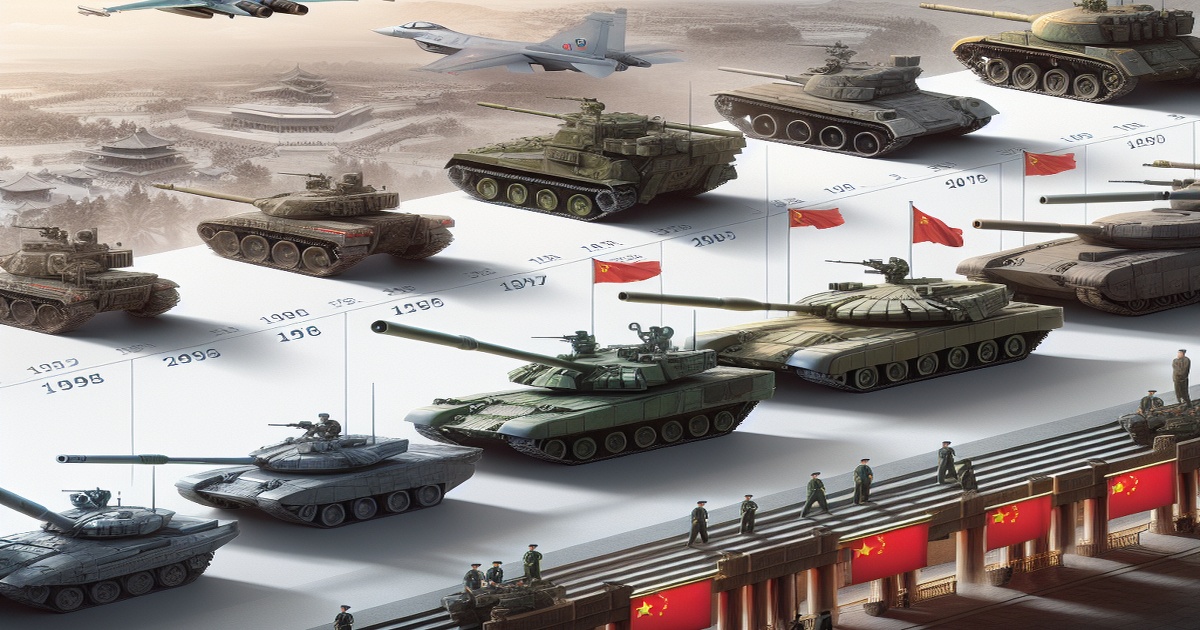This summer, the Military Museum of the Chinese People's Revolution in Beijing has attracted numerous visitors, including young children who are fascinated by historical military artifacts, such as a rusty bolt-action rifle known as Hanyang Zao. This rifle holds historical importance as it was used during the Nanchang Uprising on August 1, 1927, a date now commemorated as the founding day of the People's Liberation Army (PLA), which has significantly evolved since its inception.
Meanwhile, thousands of kilometers away, China's J-35A stealth fighter stood out at the 2025 Paris Air Show, illustrating the PLA's advancing combat capabilities and technological sophistication. As 2025 marks the 98th anniversary of the PLA, it reflects not only a remarkable evolution in weaponry but also continuous improvements in military strength, primarily through the reinforcement of political work and comprehensive reforms initiated in recent years.
At a military conference held in June 2024 in Yan'an, Chinese President Xi Jinping emphasized the essential role of political work within the armed forces, stating that the military must be led by individuals who are loyal to the Communist Party of China. Xi's remarks highlight a focus on eliminating corruption within the military ranks, establishing a foundation for a unified and capable fighting force.
Xi's perspective echoes discussions from a 2014 conference in Gutian, where he reaffirmed principles of absolute Party leadership over the military, a concept underscored in key historical events back in 1929. In the decade since these reforms began, his vision for strengthening the military has led to significant outcomes, including rooting out corruption and enhancing loyalty among military personnel.
Reforming the military structure has seen troop numbers reduced by 300,000, marking a significant organizational change. The reforms have resulted in the formation of new combat units and an overarching goal to create a military force that meets the challenges of modern warfare.
The PLA's operational capabilities have notably improved, leading to more effective military operations across various environments. Both the Navy and Air Force have expanded their operational reach, and reforms have led to a streamlining of command structures, enabling more efficient force projection.
In April 2024, the establishment of the Information Support Force marked another step in the PLA's ongoing reform efforts, highlighting a focus on achieving superiority in data. These advancements will be showcased during a military parade on September 3, commemorating the 80th anniversary of victory in the Chinese People's War of Resistance against Japanese Aggression.
The parade will not only display China's latest military technologies but also include troops with UN peacekeeping experience, underscoring China’s commitment to international obligations and a dedication to maintaining global peace.







7 Comments
Ongania
The historical museum sounds like a great place to learn about China's history and the PLA's roots.
Fuerza
Their modernizations in military capabilities are a good idea, especially given modern times.
Manolo Noriega
Wow, the PLA's evolution is fascinating! Truly a testament to their modernization efforts.
Fuerza
I hope that their intentions as they modernize their military, are not as damaging as they seem.
Manolo Noriega
It's reassuring to see the focus on rooting out corruption within the military ranks. A strong and loyal military is essential.
Eugene Alta
Talking about 'data superiority' is frightening. What are they collecting, and what are they planning to do with it?
Raphael
Reducing troop numbers and streamlining command structures shows efficiency. A strategic force is an intelligent force.